The reality of climate change is that we will lose almost all our large wych elm trees after a long history in the British Isles spanning some 9,000 years. Not because wych elm cannot cope with a warmer climate, but because Dutch elm disease ‘likes’ a warmer climate.
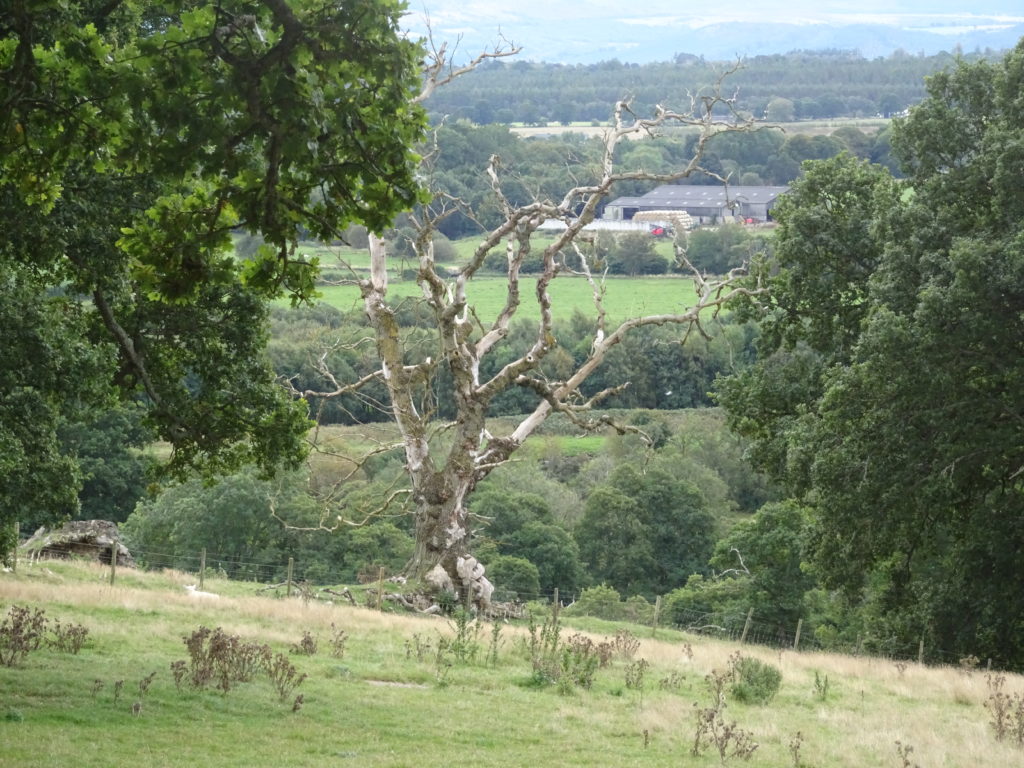
The death in 2021 of the Beauly Priory Elm, an 800-year-old tree and Europe’s oldest wych elm, is part of that wake-up call. This remarkable tree was recently killed by the virulent form of Dutch elm disease that was accidentally introduced with imported logs in the late 1960s.
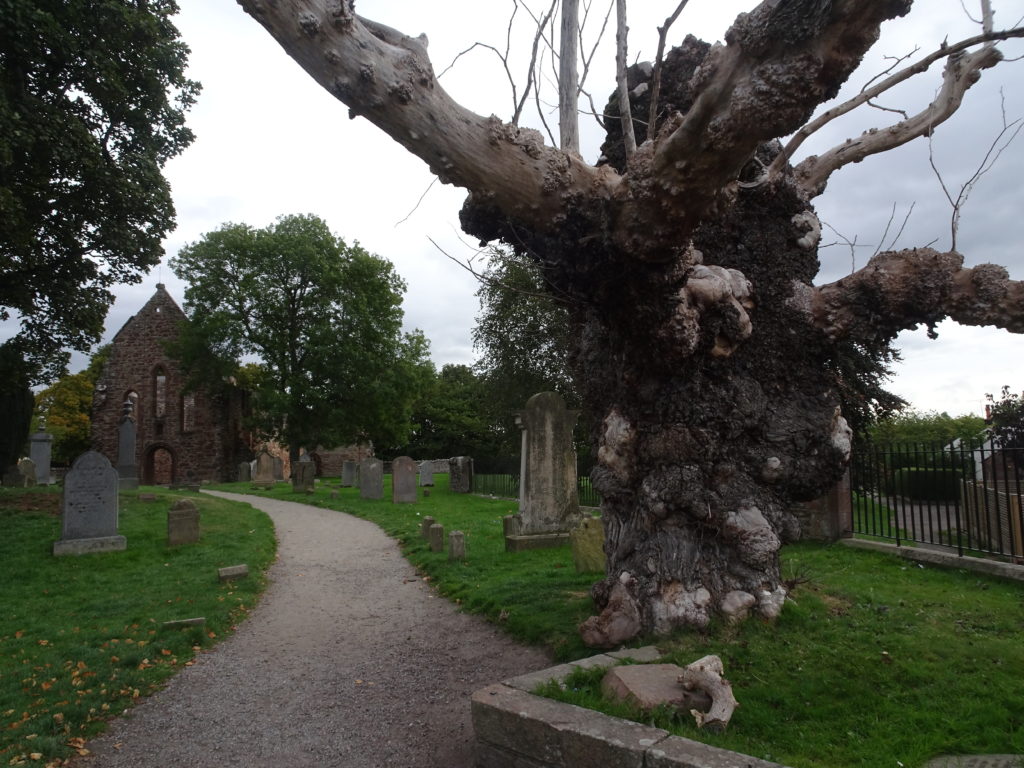
I visited the Beauly tree for an event on 24th September this year, held beneath the skeletal remains of what still is, even in death, a truly remarkable tree. Environmentalists, artists, poets and members of the local community read their personal responses and reflections on the tree to an audience who had come to mark its passing. It was celebratory, although also surprisingly emotional at points.
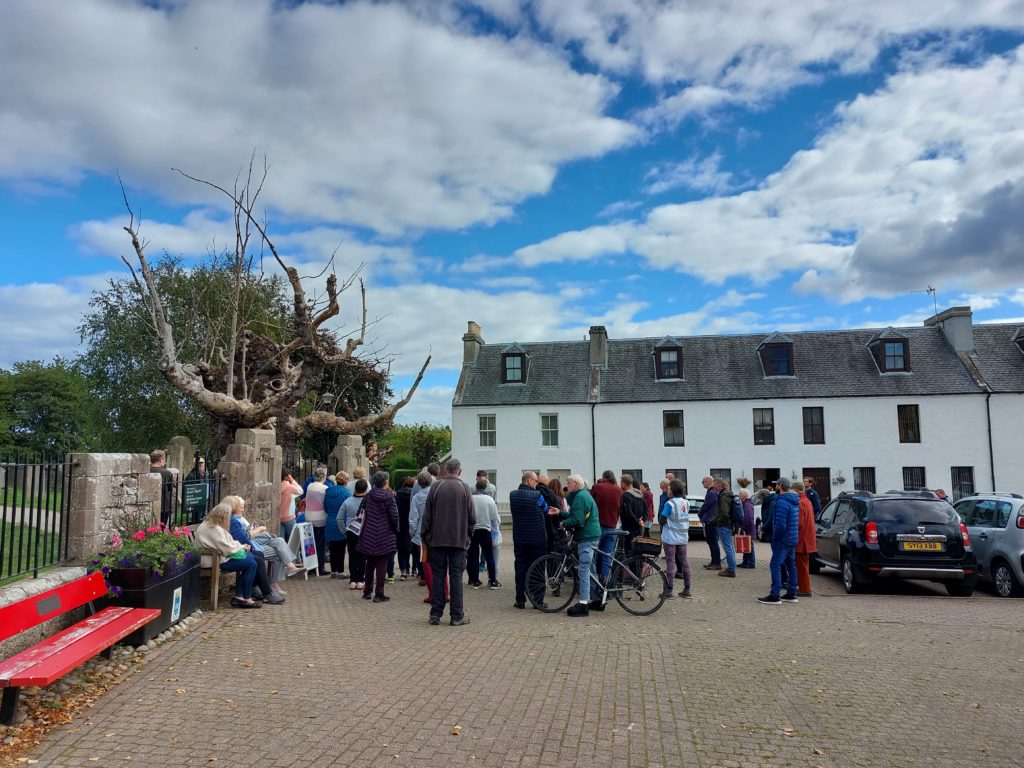
My personal highlight was the poet Mandy Haggith giving voice to the tree itself. A voice from the dead, spoken from beside the corpse. The word moving does not manage to capture the feelings when you hear a tree speaking to you about the state of the world. The inspired idea for the event came from Inverness-based artist Isabel McLeish, who wanted to celebrate the life of the tree with stories, food and art as part of Scotland’s Year of Stories.
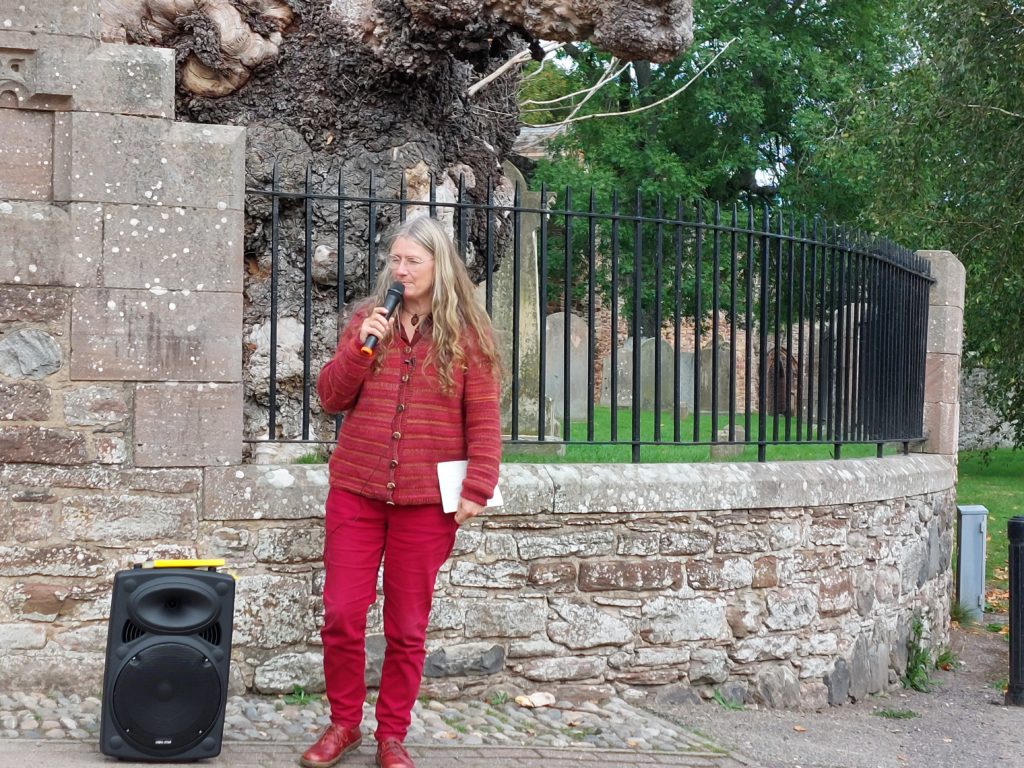
The story of this tree reminds us of the consequences of a terrible oversight in the late 1960s that saw infected elm logs imported to the UK. What followed was the worst tree health epidemic we have seen. It quickly became apparent that rapid disease spread and near total loss of mature elms was going to transform the British landscape.
I was a child in London in the early 1970s and the sudden and dramatic loss of elms in my local park is something I can remember. Looking back over the last 50 years, what I still find hard to comprehend is that we gave up on elm so rapidly. We stopped counting the losses, we stopped control measures and we almost stopped researching the problem.

The story continues to unfold as disease spreads ever further north. It has devastated the elms of the Beauly Firth, finding its way into some of our remoter ravine woodland. Wych elm is a component of upland mixed ashwoods (ash-elm woodland), which are a conservation priority in the UK. This is because such woodlands support a rich community of lichens growing on tree bark. The chemistry of bark varies between species and both ash and elm provide the right conditions for a characteristic suite of lichens.
The important role of these tree species means they are what ecologists call ‘keystone’ species. Like the mechanical support of a keystone in an arch, they have a vital support function in an interconnected web of life. Remove the keystone and the arch will fall. In the case of ash-elm woodland, if these two tree species are lost the lichen community no longer has the conditions it requires. Of course, we should conserve elm for its own sake, but with the emerging threats to ash from a fungal disease called ash dieback we also need to address the conservation of the lichen communities threatened by the demise of both ash and elm.
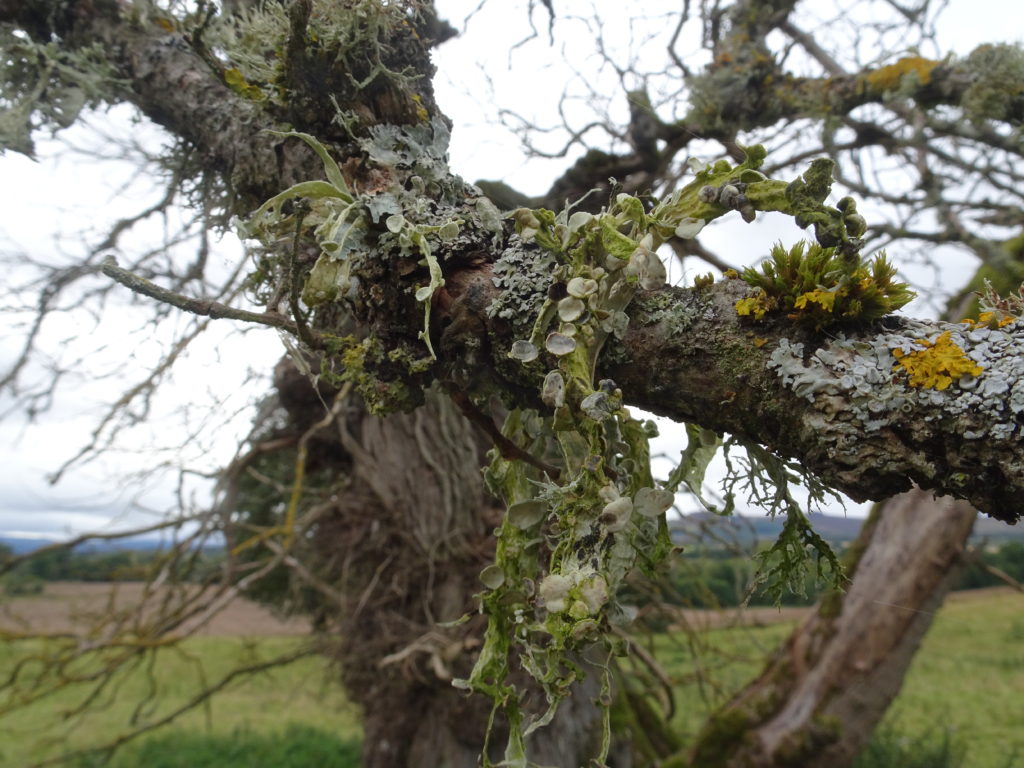
The spread of disease is reliant on elm bark beetles transferring fungal spores from tree to tree as they feed. This creates a possible limit to the transmission of disease as elm bark beetles need temperatures above 22°C for effective dispersal and this is less frequent in the north.
An encouraging sign is that in areas of epidemic disease not every elm is killed. Rare trees exist in areas where the disease has been present for decades. These trees remain unaffected by repeated waves of infection that kill regenerating elms nearby. Maybe they can fight off or coexist with infection, making them truly disease resistant. Another possibility is unattractiveness of the tree, at least as far as the beetles are concerned, which means infection does not happen. The detail of what attracts elm bark beetles needs further research, but if a tree does not look or smell right beetles will simply not be drawn to it.
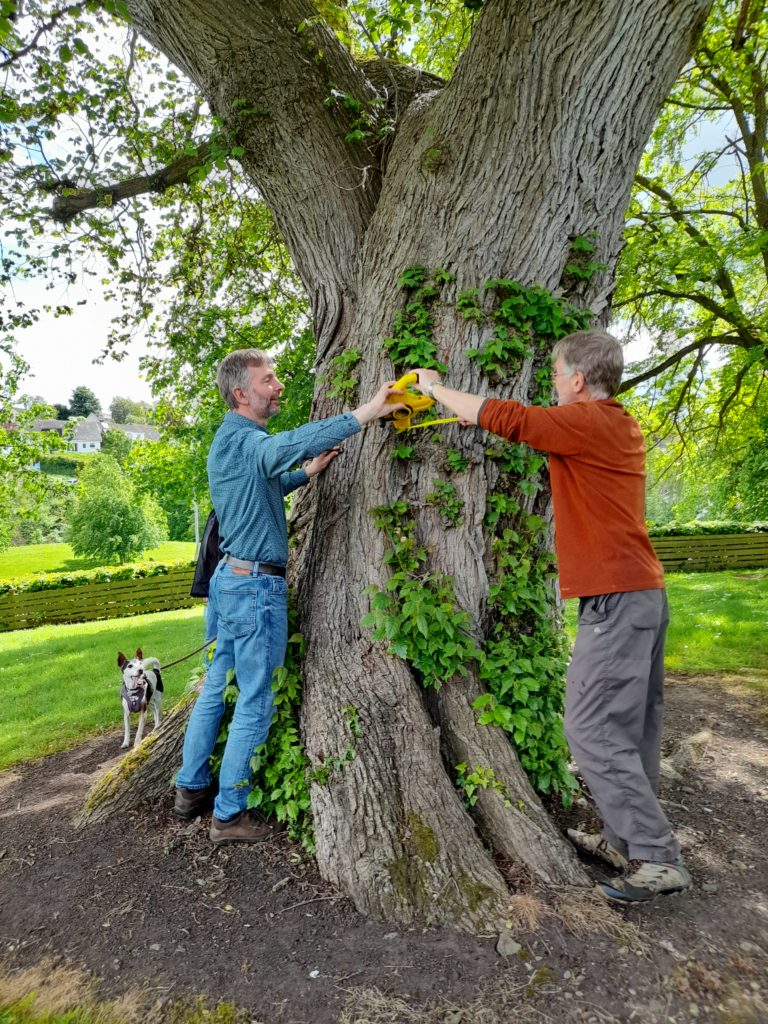
A vision of recovery for wych elm involves finding and propagating these long-term survivors so that disease resistant trees can be planted, allowing future generations to enjoy this beautiful tree. A partnership with the Borders Forest Trust is making this possible by enlisting the public to find and report large surviving wych elms in the Scottish Borders. Having found the survivors, we can begin to explore the secret to their survival that may be written in their genes. An ongoing piece of research into the genomes of all British species is being conducted by our team of scientists with the Darwin Tree of Life project. A map showing the progress with the elm hunt is regularly updated online.
